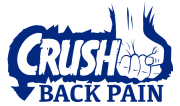You may have lower back pain after squatting, making it impossible to squat with a bar on your back.
Or you may have lower back pain while doing back squats or front squats.
Either way you can continue to squat. You just need to tweak how you’re doing the movement.
The belt squat is a great way to load the squat without increasing load through your lumbar spine.
Instead of having a bar on your back the weight just hangs from a belt at your waist. There are belt squat machines, but they’re rare.
All you need is a dip belt and something to stand on.
I use buckets in the video. Benches, steps, anything that gets your feet off the ground will work. Then you just squat. Pretty straightforward. Remember to keep your lumbar spine in a neutral position. Don’t get down so deep that the spine rounds out.
The belt squat is a great way to continue squatting with some resistance while you’re rehabbing a back injury. It’s also a good way to load the squat if your spine doesn’t tolerate more traditional back squat and front squat loading techniques.
Keep Squatting With a Bar
If you prefer to continue squatting with a bar check out Lower Back Pain After Squats, this video covers the reason for lower back pain after squats and what can be done to address it. Effective Methods to Address Lower Back Pain After Squats covers how to improve him flexion and ankle dorsiflexion mobility.
Restrictions in hip flexion and ankle dorsiflexion will force the lumbar spine to flex excessively during the squat. Addressing in restrictions of ankle and hip range of motion will allow a deeper squat with a more neutral lumbar spine.


